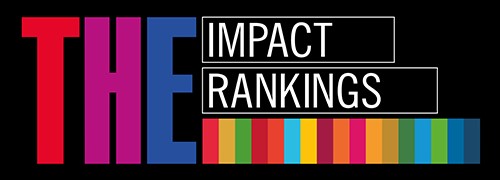Basics of Paediatrics I (PEK_049)
About Study Course
Objective
To provide students with knowledge of structural and functional features of the child’s body, growth and development from birth to 18 years at different stages of the child’s development, as well as frequent childhood illnesses, as well as to develop the necessary skills and attitudes in the work of a doctor with children.
Prerequisites
Preclinical theoretical knowledge of the structure and function of the human body (disciplines of the 1st, 2nd, 3rd year of studies), clinical medicine: For students of the 4th year of studies – a course of propaedeutics.
Learning outcomes
1.The acquired knowledge will enable students to characterise the features of healthy children, newborns and the newborn period, cardiovascular, digestive, respiratory, renal and urinary systems, endocrine, hematopoietic characteristics in different age groups, to name and characterise the most common risk factors, aspects of primary prevention, morphology, aetiology, pathology, diagnosis and treatment, including clinical pharmacology, rehabilitation, psychotherapy, intensive care, and secondary prevention in paediatrics.
1.Will be able to:
• to find out the patient’s complaints and medical history;
• to perform physical examination of the patient by palpation, percussion and auscultation method;
• to perform peripheral pulse, heart rate, respiratory rate, and blood pressure measurements, assign them to a specific clinical situation and link them to the overall examination process;
• to apply knowledge of reasoning, logic and rhetoric to analyse practical situations, discuss, explain one’s views, and contribute in a constructive way to the achievement of professional goals and specific tasks;
• to be able to communicate with patients, their relatives, colleagues, other people involved in healthcare;
• to plan continuous improvement of one’s communication skills, respecting the different levels of knowledge, experience, traditions, culture and other individual characteristics of other people.
1.Will be able to:
• to interpret clinical test results, relate them to a specific clinical situation and link them to the overall examination process;
• to compare pathological features with normal morphology and homeostasis parameters using integrative thinking, recognise disease symptoms, explain pathology, formulate diagnosis and differentiate it from other diagnoses, check for the most common complications, predict the course and consequences of the pathological process.



